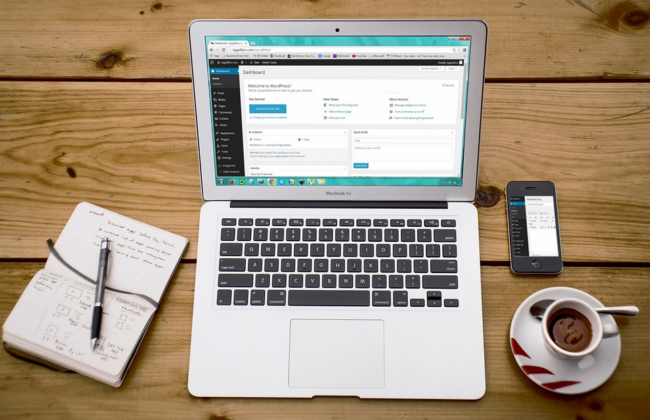If you’re in the process of starting a small business, one of the first steps is to create a website.
A business website has numerous objectives. It must explain to your audience exactly what your product or service is and how it can benefit them. Your site should also provide an easy way for potential customers to purchase from you, as well as contact information for getting in touch. Your website as a whole should serve as a showcase for your brand, leaving a strong first impression about your business and nurturing your target audience to become customers.
If you’ve never built a website before, you may be feeling a little overwhelmed. After all, how could someone with no knowledge of coding or programming possibly be able to create something so technical?
The good news is, it is now easier than ever for even the most inexperienced business owners to create their own websites. All you need is the correct tools and an idea of what you want to achieve through your online presence.
To get you started, here are some tips for creating a website for your small business.
Choose a platform
There are so many website building platforms out there, but there’s only a handful that are reliable, reputable, and of high-quality. The most popular choices for small businesses are Wix, GoDaddy, Squarespace, Shopify, and WordPress. The right one will depend on the exact nature of your business, as well as how you want your website to look. For example, if you have a retail business you will probably want to pick a platform that allows for ecommerce payment processing and other features. It’s a good idea to do your research and pick the web builder that best serves your needs.
Choose a template
If you have the budget for it, you can hire a professional web designer to create the perfect site for you. But if you are going it alone, you will want to pick one of the pre-built templates offered by your chosen web builder. Find one that looks professional and fits the tone of your brand. Usually, you will be able to play around with elements like the layout, colors, and font until you are happy with the aesthetic.
Fill it with content
Your website will need to be populated with content that lets visitors know about your business. This will include product description, information about you and your company, and blog posts outlining the benefits of the product or service you are offering. Whenever you write content, you need to be thinking about search engine optimization. This ensures you rank highly in the results when people type relevant queries into Google or other search engines. You can achieve this through a variety of factors, including keyword research, meta data, and site speed.
Publish and promote
Once your site is ready, it’s time to go live. You won’t get much organic traffic in the early days so you need to start promoting your site through a number of marketing channels, including email, social media, search engine optimization, and word of mouth. Before long you will see the numbers start to grow.
